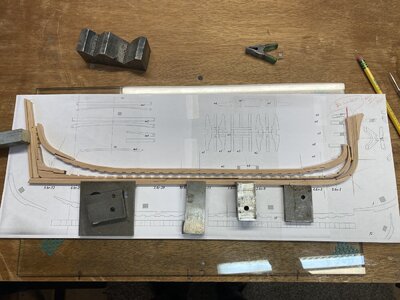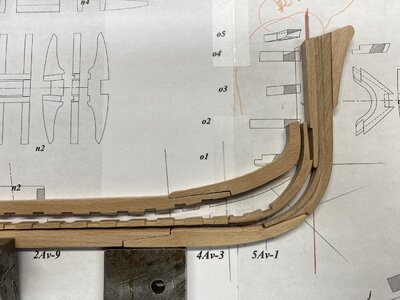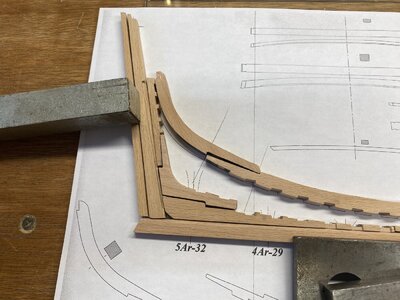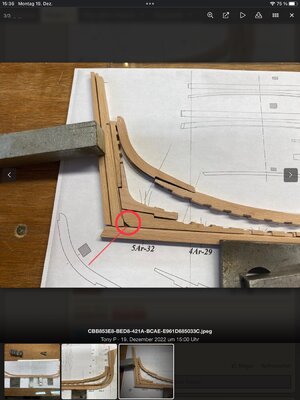Donnie. My lumber was cut for the Hahn method so it’s thin strips that I’ll cut the frame blanks from. I’d think it’ll take about the same amount of lumber regardless of framing method so you’d just order wider strips.
70 pcs 1”x24”x 7/32
34 pcs 1.5”x24”x 7.32
7/32 is almost dead on 5.30mm
70 pcs 1”x24”x 7/32
34 pcs 1.5”x24”x 7.32
7/32 is almost dead on 5.30mm




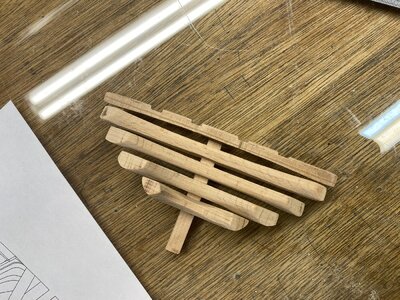
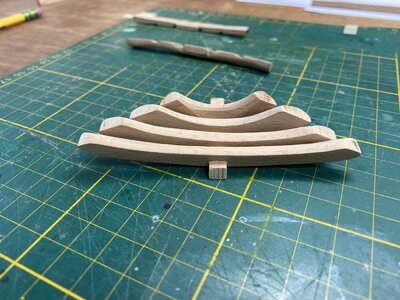


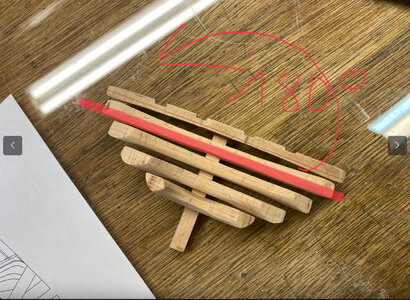
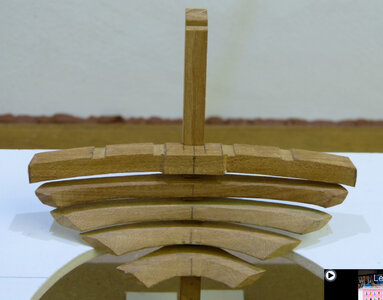
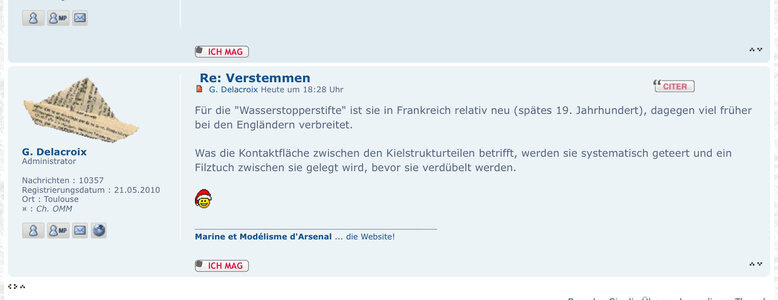
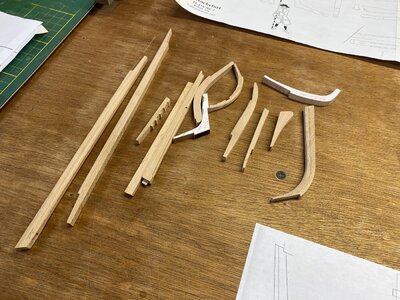
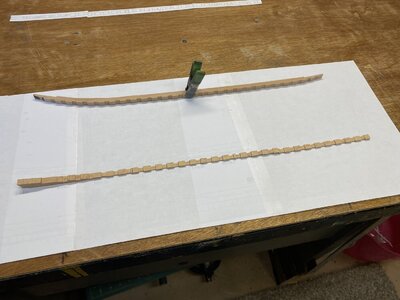
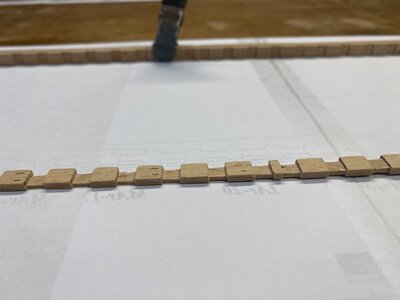
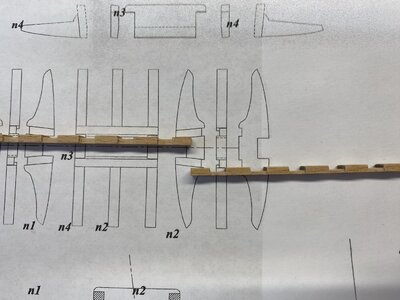
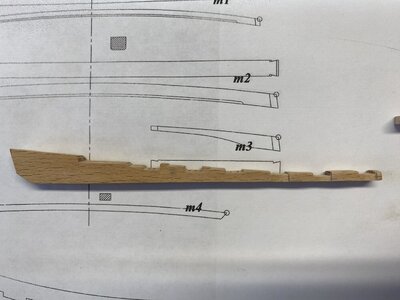
 . But only from the middle to the end of the 18th century, before that there was no such thing on French ships.
. But only from the middle to the end of the 18th century, before that there was no such thing on French ships.